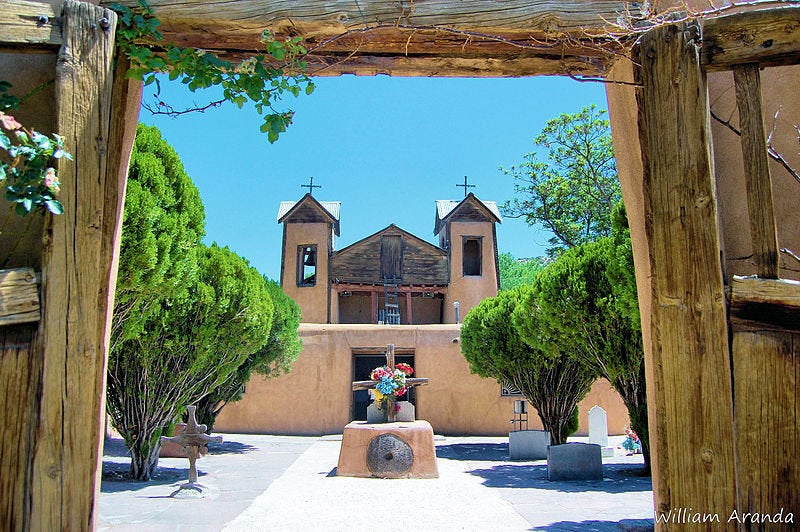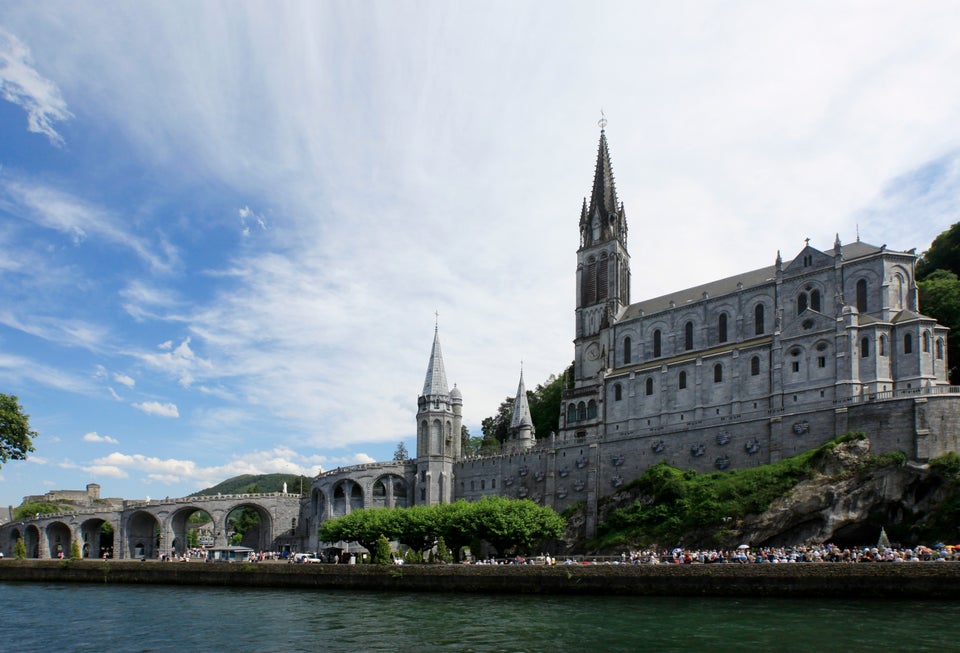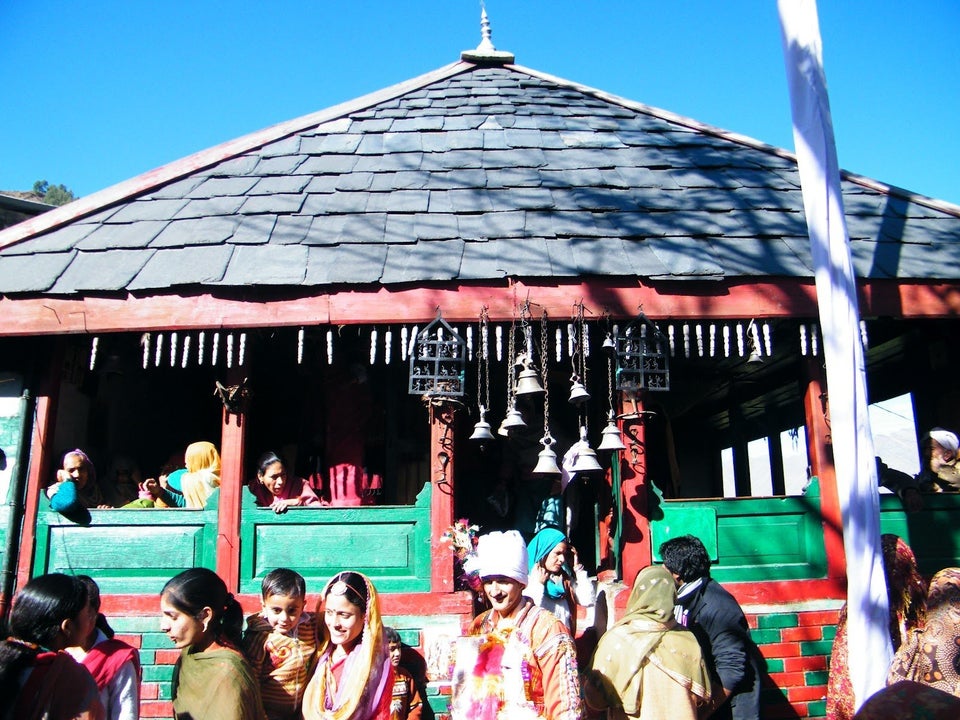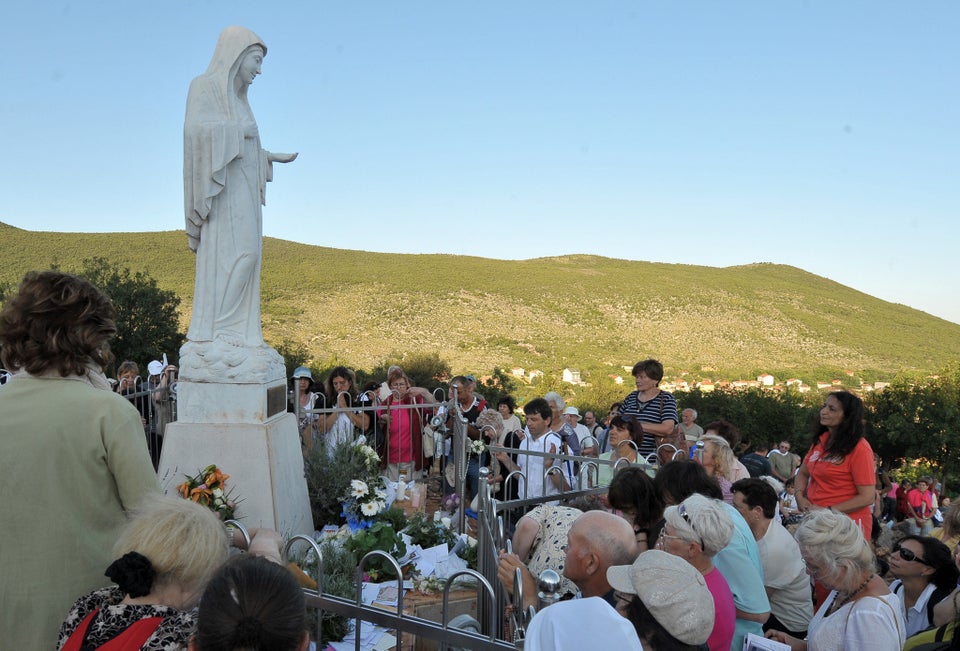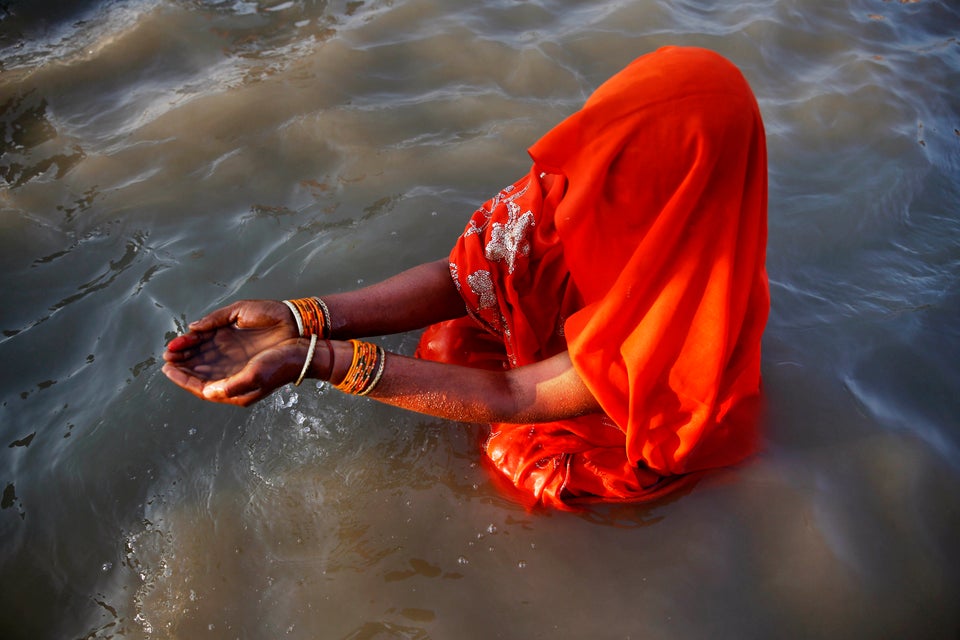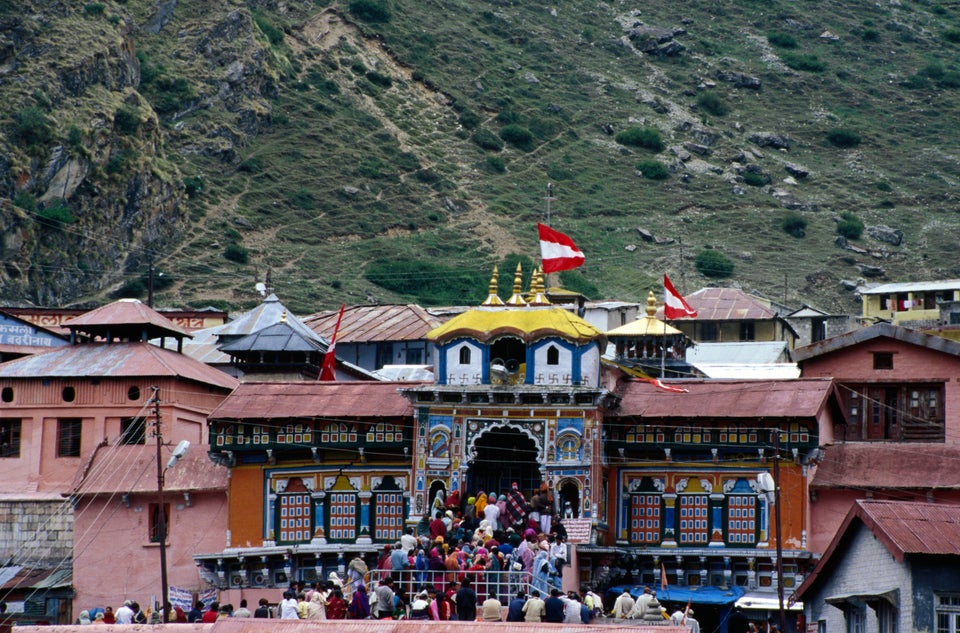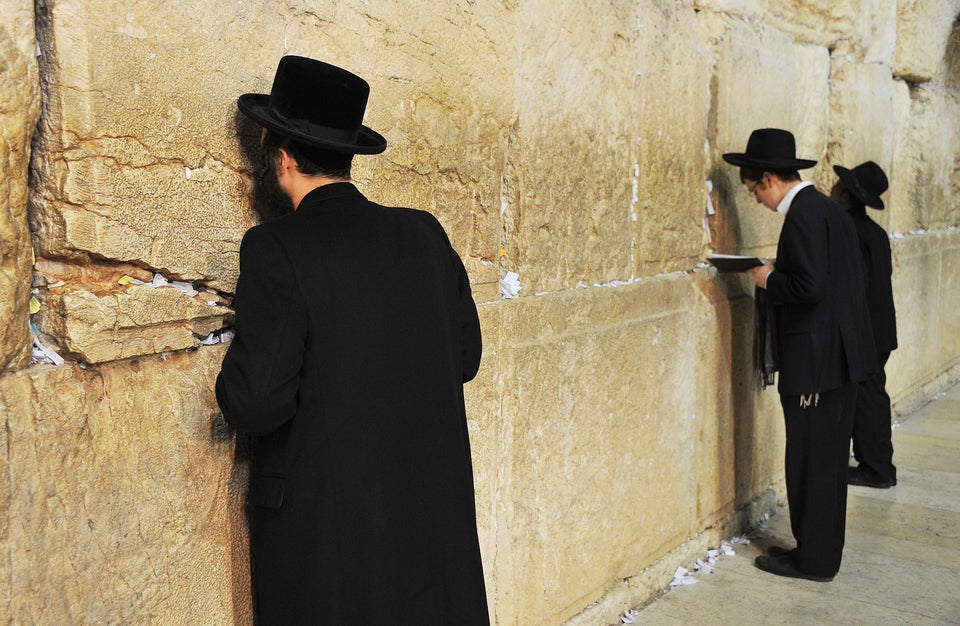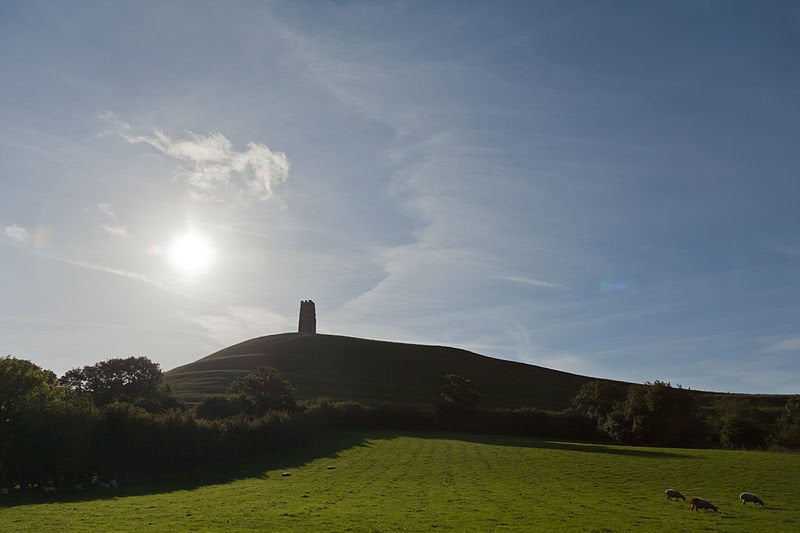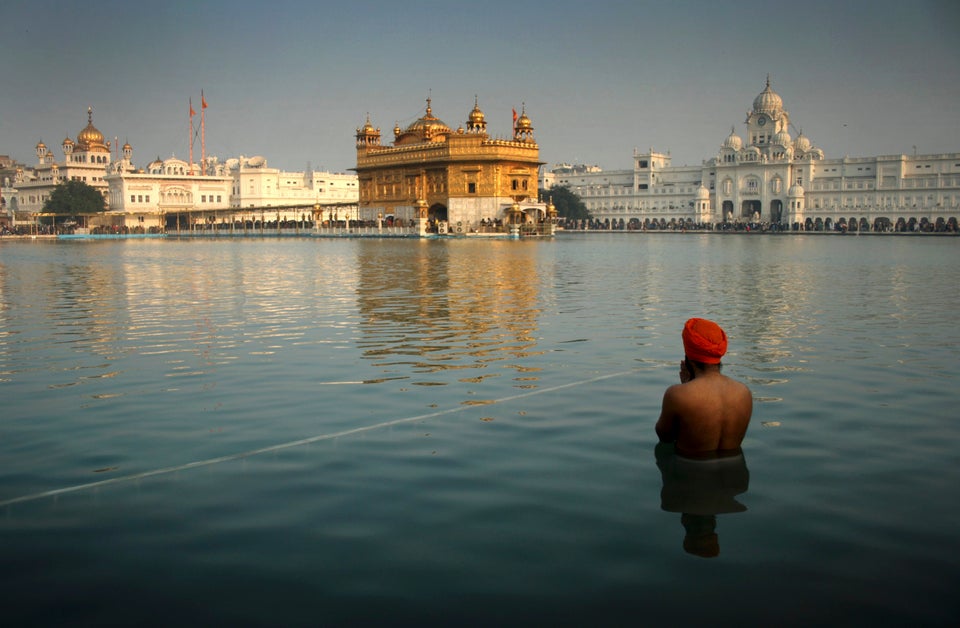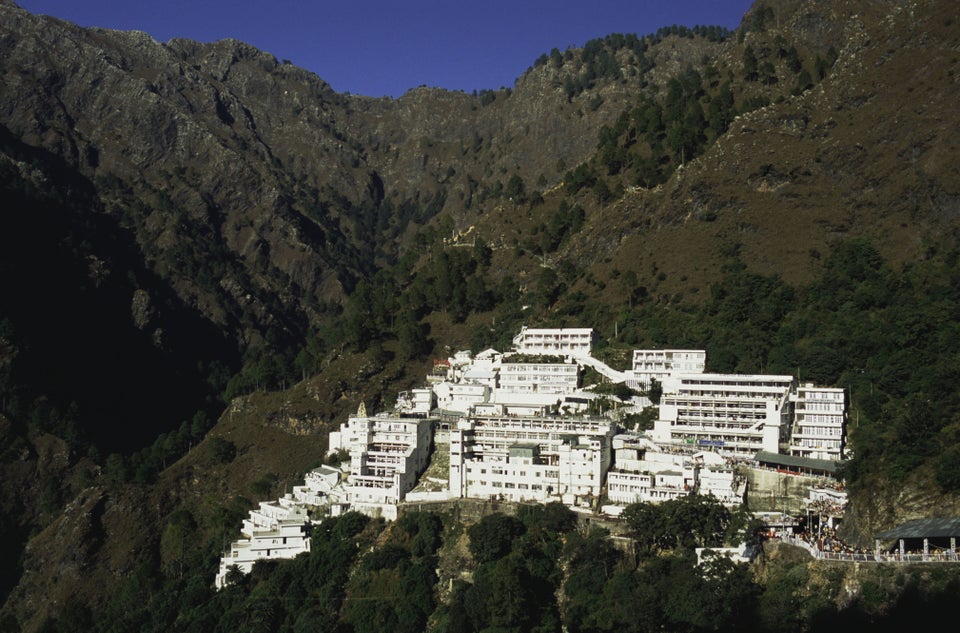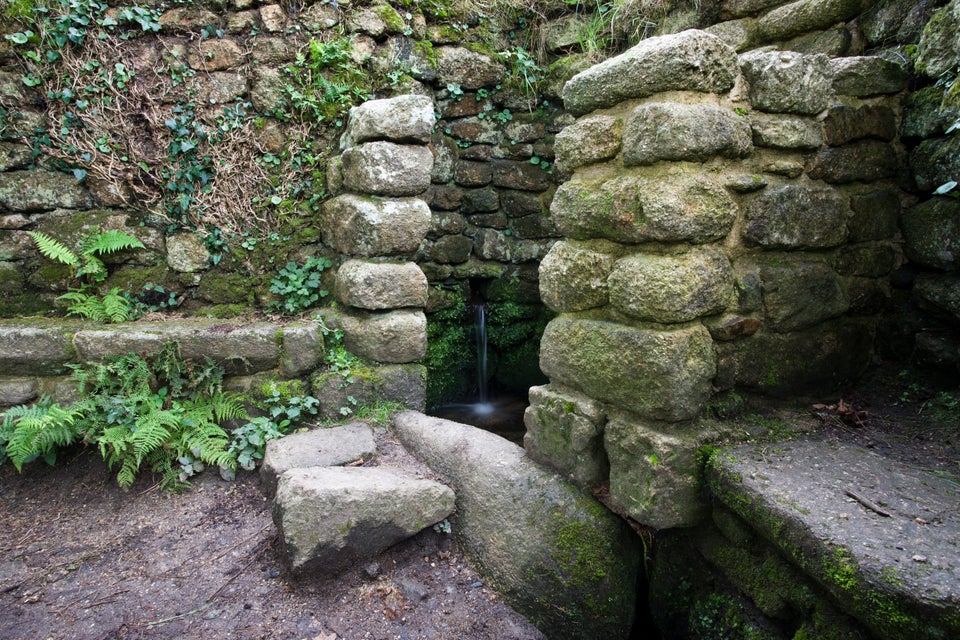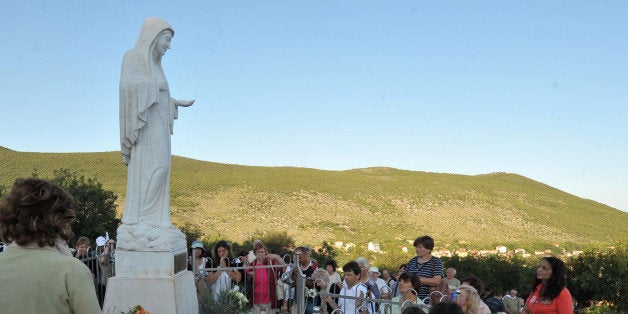
The Vatican will soon rule on the validity of a series of alleged apparitions of the Virgin Mary in the Bosnian town of Medjugorje, Pope Francis announced on Saturday. The site has become a booming tourist destination for the more than 1 million pilgrims who visit the town each year with the hopes of receiving a message from the blessed figure.
But the alleged apparitions are controversial within the Catholic Church. Here's why:
What is an apparition?
An apparition is a sight or vision that may be unexpected or even supernatural. In the Catholic sense, apparitions are considered to be supernatural visions or revelations, typically of the Virgin Mary, saints or even God.
There have been more than 1,500 visions of Mary reported around the world, according to Catholic News Service. But these visions are only accepted by the church once the local bishop determines their veracity.
In 1978, the Vatican distributed a set of procedural rules to bishops for weighing alleged apparitions, which included determining a subject's psychological state and curtailing any devotional cults that might arise out of the event.
What's the story behind the Virgin Mary "apparitions" in Medjugorje?
The reported apparitions of the Virgin Mary in Medjugorje are among the most famous in modern times. In 1981, six children began reporting visions of the Madonna clad in white and holding a child in her arms. Several of the individuals claim that the apparitions have continued regularly over the years and contain 10 "secrets" describing events that will occur on Earth in the future.
Why are they controversial?
Although the church has approved other Marian apparitions in the past, the ones at Medjugorje are widely contested. The local bishop has stated that he does not believe the visions to be authentic, descrying the "lies that are at times put into the mouth of the 'Madonna.'"
According to the official website for the Medjugorje pilgrimage, apparitions of Mary told the children that a sign will appear in the place where she first appeared to them. The site says the "visionaries" reported her as saying:
"This sign will be given for the atheists. You faithful already have signs and you have become the sign for the atheists. You faithful must not wait for the sign before you convert; convert soon. This time is a time of grace for you. You can never thank God enough for His grace. The time is for deepening your faith, and for your conversion. When the sign comes, it will be too late for many."
What is the Catholic Church's position?
In 2010, then-Pope Benedict XVI launched an international commission to study the apparitions at Medjugorje. On Saturday, Pope Francis said the commission has submitted its report to the Congregation for the Doctrine of the Faith for review.
Among the church's chief concerns is the fact that the alleged visions have continued for more than 30 years, which proved difficult for the commission to verify.
What is Pope Francis's position?
In his homily on Tuesday, the pope appeared to dismiss the apparitions as "novelty-seeking," chiding those "who always need novelty in their Christian identity."
"This isn't Christian identity," he said. "God's last word is called Jesus and nothing more."
Related
Before You Go
